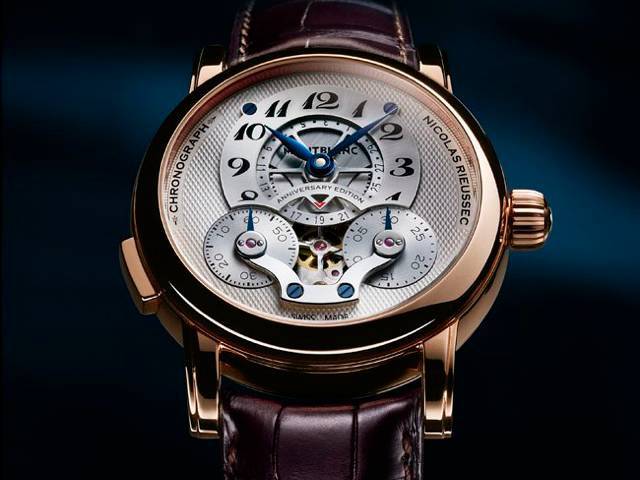2011 is a special year for the chronograph, which celebrates two centuries of chronograph history.
Luxury watchmaker Montblanc celebrates the historic occasion with the Nicolas Rieussec Chronograph Anniversary Edition, a strictly limited collection of 190 watches in eighteen carat red gold, 90 watches in eighteen carat white gold and 25 watches in 950 platinum will be launched.
The Nicolas Rieussec Chronograph Anniversary Edition is a tribute to Nicolas Rieussec, the inventor of the first chronograph and “time-writing” device. In 2008, Montblanc first paid homage to the inventor of the device by dedicating its innovative Montblanc Nicolas Rieussec Chronograph to the ingenious watchmaker.
The Rieussec chronograph is the first chronograph where time display does not interact with the chronograph function, enhancing legibility of both indications and endowing a strong, unique look. As on the original chronograph from 1821, the chronograph hands do not rotate above the dials; instead, remaining motionless while the seconds-disk and minutes-disk turn underneath them.
With this, Montblanc created a new face to the chronograph combining tradition with innovation.
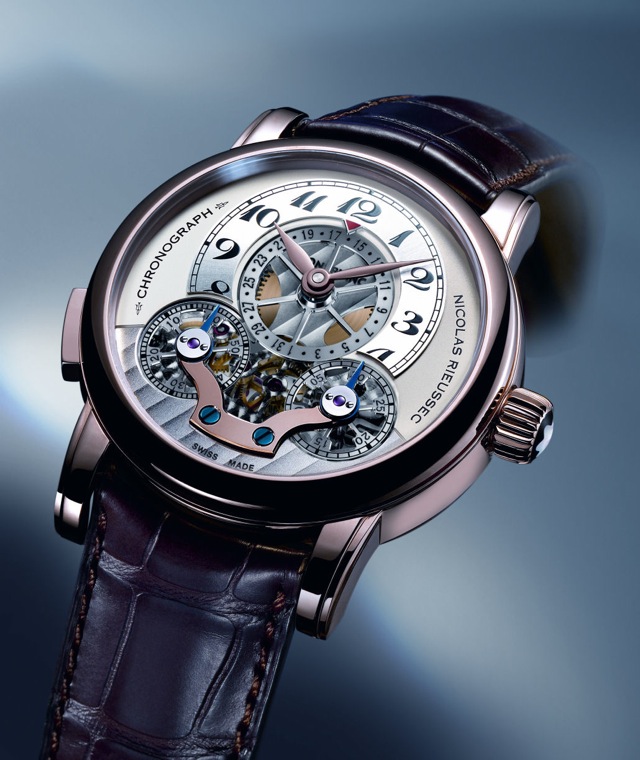
Typically Montblanc Nicolas Rieussec
Unmistakably the most eye-catching feature of the new Anniversary Edition is its subtle and pure, yet classique guilloche pattern which distinguishes every Montblanc Nicolas Rieussec Chronograph. An hours-circle displays the ordinary time of day: this subdial is off-centred toward the “12 o’clock” position of the main dial and held firmly in place by blued screws.
The unique “smiling” V-shaped bridge holds the ruby counter-bearings for the two chronograph-disks: the subdial at the left can tally up to sixty elapsed seconds, while the disk at the right can count a maximum of thirty elapsed minutes. Below the hour-hand and minute-hand turns a finely skeletonized date-disk. The aperture in the dial beneath the date-disk offers a view into the depths of the mechanisms of this new chronograph and reveals components of the disk coupling and the periphery of the dial is adorned with a finely grained guilloche pattern known as "grain de seigle."
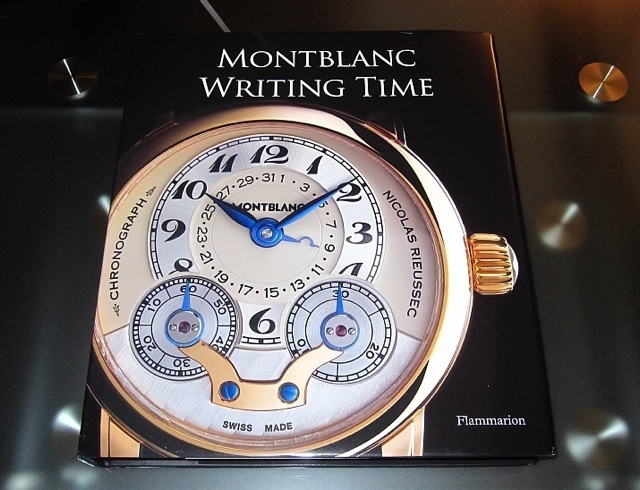
"Writing Time - Two Centuries of Chronograph History"
In its journey from the glory of crafting exquisite penmanship to the mastery of fine watchmaking, Montblanc further marks its steps into the world of haute horlogerie with a new chapter of its history, a new language that of watchmaking with a public exhibition showcasing two centuries of chronograph history, "Writing Time".
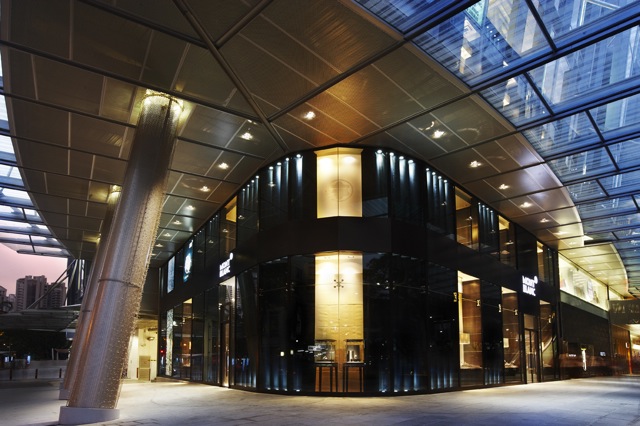
Set to take place at Montblanc flagship boutique at Mandarin Gallery from October 6 – 9, 2011, Montblanc will partner the prestigious Musée International d’Horlogerie, La Chaux-de-Fonds to present an impressive development of chronograph innovations and their usage for over two centuries, taking the visitors through a walk down the memory lane on the measurement of time, an exploration on the beauty and instants that were recorded since 1821.
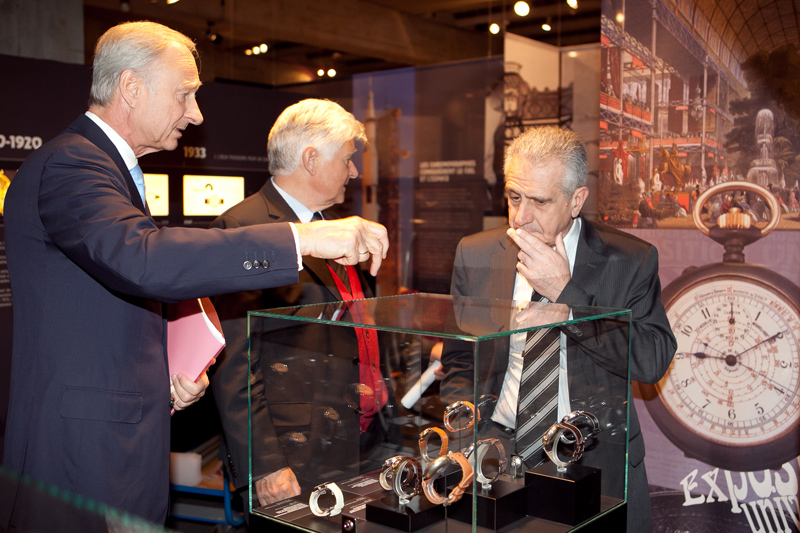
Over 30 historic chronographs will be showcased at the exhibition.
The exhibition is opened to the public from 11am to 9pm daily.
The History of the Chronograph
Born in Paris in 1781, Nicolas Mathieu Rieussec established a watchmaking business on the Île de la Cité and was appointed watchmaker to the royal court in 1817. At a horserace in 1821, he unveiled a new segment in watchmaking – a movement that powered two enamel dials, positioned above this one and calibrated with scales for the seconds and the minutes. This was the first time in the history of horology that an instrument could measure precise short time intervals.
The running times of the individual horses and the time differences were literally written on the dials, and for the first time ever, the timekeeper could reliably capture the running times of all participants in the race without having to take his eyes off the sporting event to glance at his watch whenever one of the horses crossed the finish line.
The directors of the Parisian racetrack were so enthusiastic about Rieussec’s chronograph that they made it their official time-measuring device. The French patent office was similarly impressed and accordingly granted a patent on the invention of the first genuinely practical chronograph to Nicolas Rieussec on 9th of March in 1822.
